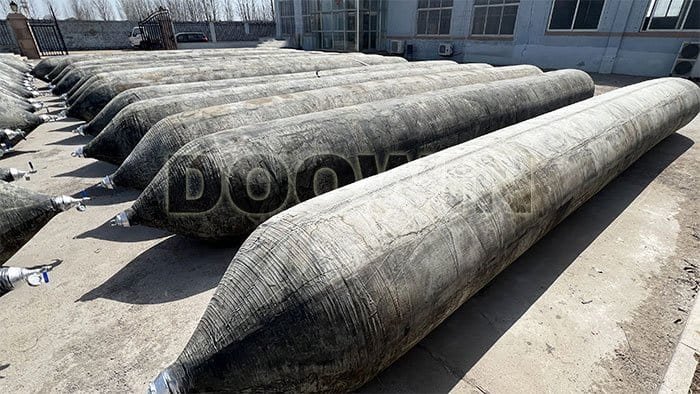Before shipping, the inspection of ship launching airbags is crucial to ensure the safety and reliability of the launch process. The inspection process involves a thorough check of the airbag’s physical condition, including looking for any signs of damage, wear, or tears. Additionally, the inspection team will verify that the airbag is properly inflated and that all connections and valves are in good working order.

Here are some key steps involved in the inspection of ship launching airbags before shipping:
- Visual Inspection: The inspector will visually inspect the entire airbag for any visible damage or defects. This includes checking for tears, punctures, or any other signs of wear that could compromise the airbag’s structural integrity.
- Inflation Check: The airbag will be inflated to ensure that it is capable of holding air and maintaining its shape. The inspector will look for any leaks or areas where air is escaping.
- Valve and Connection Inspection: All valves and connections on the airbag will be checked to ensure they are secure and functioning properly. This includes verifying that any quick-release mechanisms are operable and in good condition.
- Pressure Testing: The airbag may undergo pressure testing to ensure it can withstand the forces it will encounter during the ship launch. This testing involves gradually increasing the internal pressure of the airbag to simulate the stress it will experience during use.
- Documentation: The inspection results will be thoroughly documented, including any issues or concerns identified. This documentation is crucial for future reference and can be used to inform maintenance or replacement decisions.
By conducting a thorough inspection of ship launching airbags before shipping, companies can minimize the risk of accidents or failures during the launch process. This ensures the safety of personnel involved and helps protect the integrity of the vessel being launched.